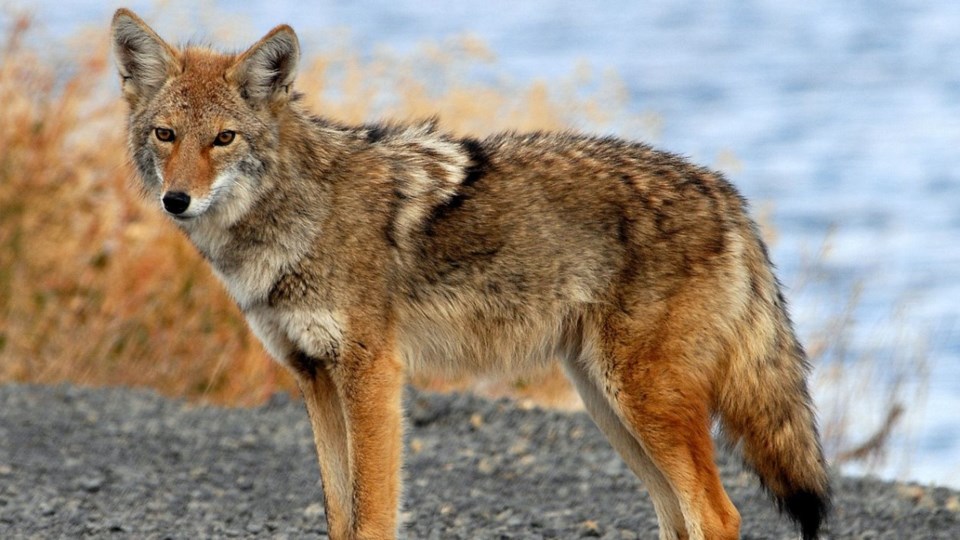Don’t panic: coyotes have been spotted in West Niagara, but experts say this is a sign of a healthy ecosystem and the animals should be respected.
On Dec. 5, the Town of Lincoln sent out a public service announcement reminding people to exercise caution as coyote sightings are reported around the town, while stressing this is not cause for alarm.
According to the town, three coyotes sightings were reported in recent weeks. Municipal law enforcement, parks and operations staff have been placed on alert to keep watch for, and report, any coyote sightings while doing their patrols.
On Dec. 7, a dead coyote was found by town staff in the Nineteenth Street and Seventh Avenue area.
On Nov. 29, a resident at The Jacob retirement home in the Konkle Creek area of Beamsville reported seeing an unknown number of coyotes, and on Dec. 3, a resident reported seeing three coyotes near the Konkle Creek area.
In all cases, no injuries to people or animals were reported.
In Grimsby, a pack of coyotes has been reported in the wooded area near the Oakes Road North leash-free dog park, according to Kevin Strooband, executive director of Lincoln County Humane Society (LCHS).
Strooband said they had reports of interactions between dogs and coyotes, and urged the community to take steps to ensure the coyotes do not cause any issues.
He urged dog owners to stay with their dogs at the park, ensure your pets are vaccinated based on your vet’s recommendations and to learn how to deter coyotes.
The simplest step when faced by a coyote is to make yourself big and shout. A large plastic bag such as a bin bag can also be used to deter the animals by waving it in the air, catching wind with the bag and making noise.
Strooband also wanted to put some coyote myths to bed.
Firstly, he said LCHS is often faced with the question, “why don’t you relocate the coyotes?” Since coyotes are very territorial, he said, relocating them to another patch may put them in conflict with another one its species, which could result in the death of the animal.
Secondly, relocating a coyote would cause a power vacuum, which another coyote would fill. That coyote may not know its place in the community as well as the current one, potentially leading to more conflicts.
Finally, Strooband sought to dispel the myth of the coywolf, which he firmly rejected, saying all the sightings were the standard eastern coyote.
Lesley Sampson, executive director of Coyote Watch Canada, a Niagara-based non-profit that advocates for better relationships between canids and humans, said coyotes are not uncommon and they’re part of a healthy ecosystem that must be encouraged and respected.
“We have to acknowledge — we live in a more-than-human world,” she said. “Nature can’t help who they are, but we can.”
In order to help the public create an environment where humans and coyotes can coexist, Coyote Watch Canada put together a series of tips, which can be found at coyotewatchcanada.com/site/coexisting-with-coyotes.
One of the most important tips is to never feed coyotes, as they can very quickly become habituated.
“All it takes is for one person to start feeding (coyotes) to encourage them to stay,” said Sampson.
Chris Pickles is a Local Journalism Initiative reporter for Niagara This Week. His reporting is funded by the Canadian government through its Local Journalism Initiative.




